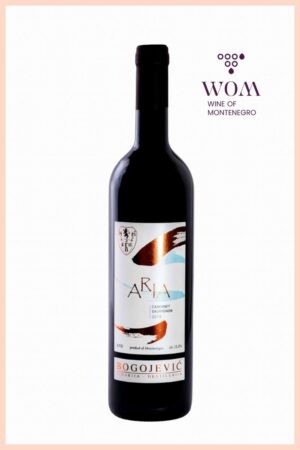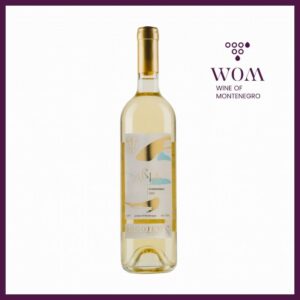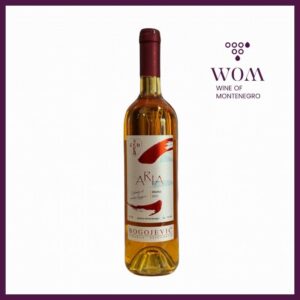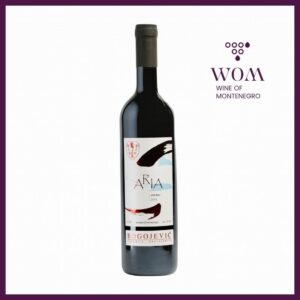You can contact us 24/7 0 800 300-353
74,00 €
Subtotal: 74,00 €
Your order qualifies for free shipping!
Free Shipping on All Orders Over $100
74,00 €
Subtotal: 74,00 €
Your order qualifies for free shipping!
Free Shipping on All Orders Over $100
Climate of Ulcinj wine subregion
Ulcinj enjoys a true Mediterranean climate, among the warmest in Montenegro:
- Long, hot summers with over 2,500 hours of sunshine annually, ideal for full grape ripening.
- Mild winters reduce frost risk.
- Coastal influence, with Adriatic breezes that moderate heat and bring humidity.
- Rainfall distribution – higher in autumn and spring, helping replenish soils.
These conditions particularly favor robust red wines (like Vranac), but also allow for the cultivation of table grapes and select aromatic whites.
Grape varieties in the Ulcinj wine subregion
Leading grape variety
- Vranac – The dominant variety in Ulcinj, occupying 48.08% of the vineyard area and 39.32% of mixed plantings. It produces powerful, deeply colored reds with ripe tannins and strong fruit expression.
Other grape varieties that are grown in the Ulcinj wine subregion:
- Moldova (5.16%) – A table grape variety that reflects Ulcinj’s tradition of backyard and family viticulture.
- Cardinal (1.34%) – Another table grape, commonly grown in warm climates and enjoyed fresh.
- Sauvignon Blanc (0.9%) – A small but notable presence, suggesting experimentation with international white varieties.
- Other minor varieties – Small plots include traditional Balkan grapes and international varieties adapted to the Mediterranean conditions.
Wine style and characteristics
Wines from Ulcinj show characteristics shaped by the region’s warm climate and varied terroirs:
- Red wines (Vranac, Kratošija blends): Full-bodied, concentrated, with rich fruit flavours (blackberry, plum), robust tannins, and Mediterranean spice notes.
- White wines (Sauvignon Blanc, local whites): Fresh and aromatic when grown in coastal or higher-altitude sites, with citrus and herbal notes.
- Table grapes: A tradition that still plays a role in Ulcinj viticulture, reflecting family-scale and local consumption.
The winery that you can visit in the Ulcinj wine subregion and experience wine tasting is Milović winery.
Culture and historical context of the Ulcinj wine subregion
Ulcinj is one of Montenegro’s most historic coastal towns, with a cultural blend shaped by centuries of Roman, Venetian, and Ottoman influences. Agriculture, especially viticulture and olive growing, has been part of the local identity for generations.
- The region is already well known for its olive groves, particularly the centuries-old Valdanos olive trees, and this heritage creates natural synergies for wine tourism.
- Vineyards have historically been small, family-managed, with grapes consumed locally or sold in fresh form.
- With the rise of wine tourism in Montenegro, Ulcinj has the opportunity to revive its viticultural heritage and develop boutique wineries that combine wine, olives, and gastronomy.
Potential for development of the Ulcinj wine subregion
Ulcinj, a subregion of Montenegro’s coastal region, remains largely untapped in terms of commercial winemaking, but its potential is clear:
- Ulcinj is a popular summer destination, known for its long sandy beaches and multicultural heritage, offering a ready market for wine tourism.
- From sandy coastal soils to inland limestone terraces, the region can support both native reds and international whites.
- Focusing on authentic Montenegrin varieties (Vranac, Kratošija) while experimenting with Mediterranean-friendly whites (Chardonnay, Sauvignon Blanc) could give Ulcinj a unique wine identity.
Join our newsletter for offers!
Sign up now to receive the latest updates on promotions and coupons. Don’t worry, we won’t spam you!





